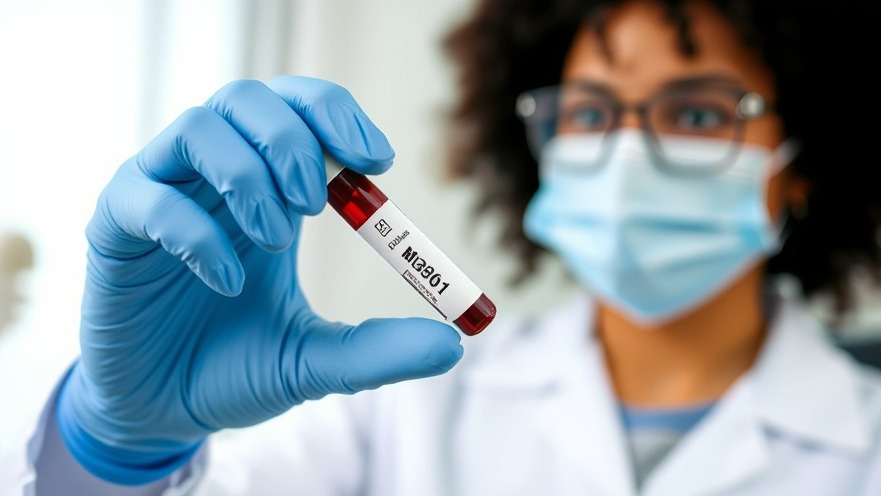
Investing in Your Practice: The ROI of Office Design
When you think of marketing your medical practice, you might consider digital ads, social media engagement, or local outreach initiatives. However, the design of your office can serve as one of your biggest marketing tools. An inviting and efficient workspace not only attracts new patients but also retains loyal ones. Research suggests that a well-designed office can significantly enhance patient satisfaction and boost overall practice success.
Emphasizing Patient Comfort: The First Step in Design
Imagine walking into a medical office with a waiting room that feels more like a luxury hotel lobby than a clinical environment. The essence of good office design lies in creating a welcoming atmosphere that prioritizes patient comfort. For instance, consider furniture selection; opting for individual, armless chairs fosters a more personal space — essential for patients who may be anxious before their appointments. Utilize natural tones and soft lighting to create a serene environment, minimizing the clinical harshness that often accompanies medical offices.
Optimizing Space: The Importance of Layout and Flow
Just as crucial as aesthetics is the layout of your practice. A thoughtful design enhances efficiency and patient flow, essential for managing a busy schedule. When determining your office's floor plan, consult with experts who can help align the architectural design with optimal patient movement. For example, if your practice has a pronounced volume of patients requiring lengthy visits—due to procedures or consultations—larger waiting areas may be necessary to prevent overcrowding and ensure comfort.
Using Technology for Efficiency and Enhancement
In today's fast-paced world, technology serves as a cornerstone of efficient medical practices. Integrating electronic health records (EHR) systems can streamline processes while allowing for more accessible patient data management. Furthermore, designing spaces to accommodate necessary equipment—like diagnostic tools—ensures efficiency during patient examinations. Thoughtful placement and storage solutions can significantly reduce the time required for patient care, leading to increased productivity.
Sustainable Design: A Win-Win for Environment and Brand
Incorporating sustainable practices into your office design not only enhances patient experience but also reflects your values as a healthcare provider. Sustainable design tackles underlying issues such as environmental responsibility and cost efficiency. Features like extensive natural light and energy-efficient appliances minimize operational costs and improve air quality. Patients are increasingly drawn to practices that advocate for environmental consciousness, thus giving you a competitive edge.
The Psychological Impact of Color and Texture
Color psychology plays an integral role in healthcare settings. Studies indicate that shades of green and blue can evoke feelings of calmness and tranquility, making them ideal choices for exam rooms. In contrast, brighter hues can stimulate energy and positivity. As a healthcare practitioner, harnessing the power of color can enhance the emotional experience of your patients, significantly impacting their perception of your practice.
Future Trends in Medical Office Design
The landscape of healthcare continues to evolve—hence, keeping an eye on future trends in office design is paramount. The rise of telehealth demands flexible spaces that can accommodate both virtual and in-person appointments. Providing areas equipped for remote consultations not only demonstrates adaptability but also showcases an understanding of modern patient needs.
Conclusion: Make Design a Priority for Success
As healthcare practitioners, your facilities should be not just functional but also inspiring. The considerations addressed in this article illustrate that thoughtful, patient-centered design translates into better patient experiences and improved operational efficiency. Investing in the aesthetic and functional elements of your medical office is not merely an expenditure—it’s an investment in the future of your practice, with the potential to yield returns far exceeding your initial costs.
 Add Row
Add Row  Add
Add 




Write A Comment